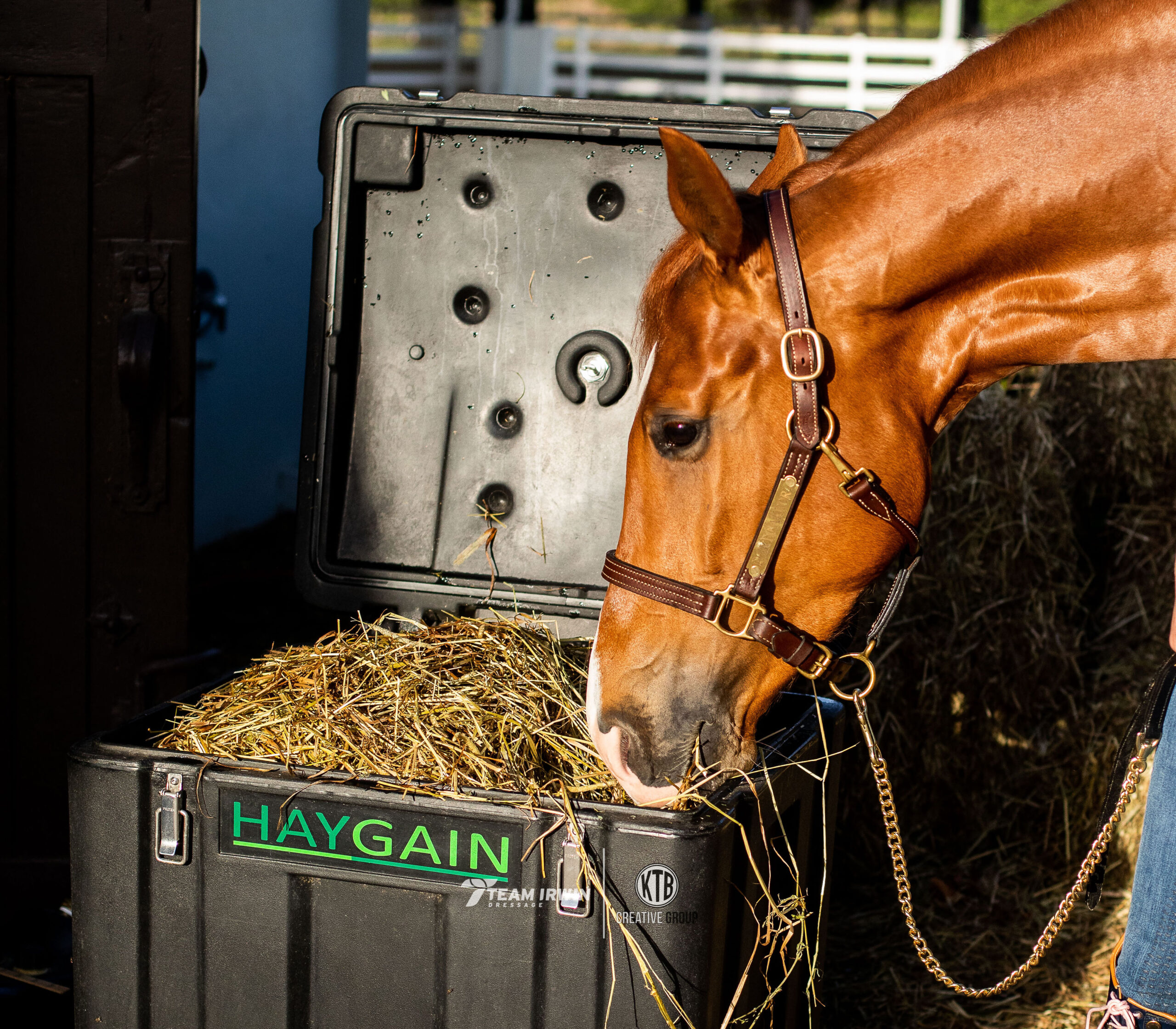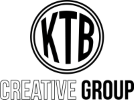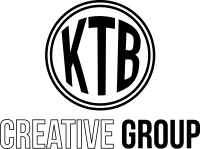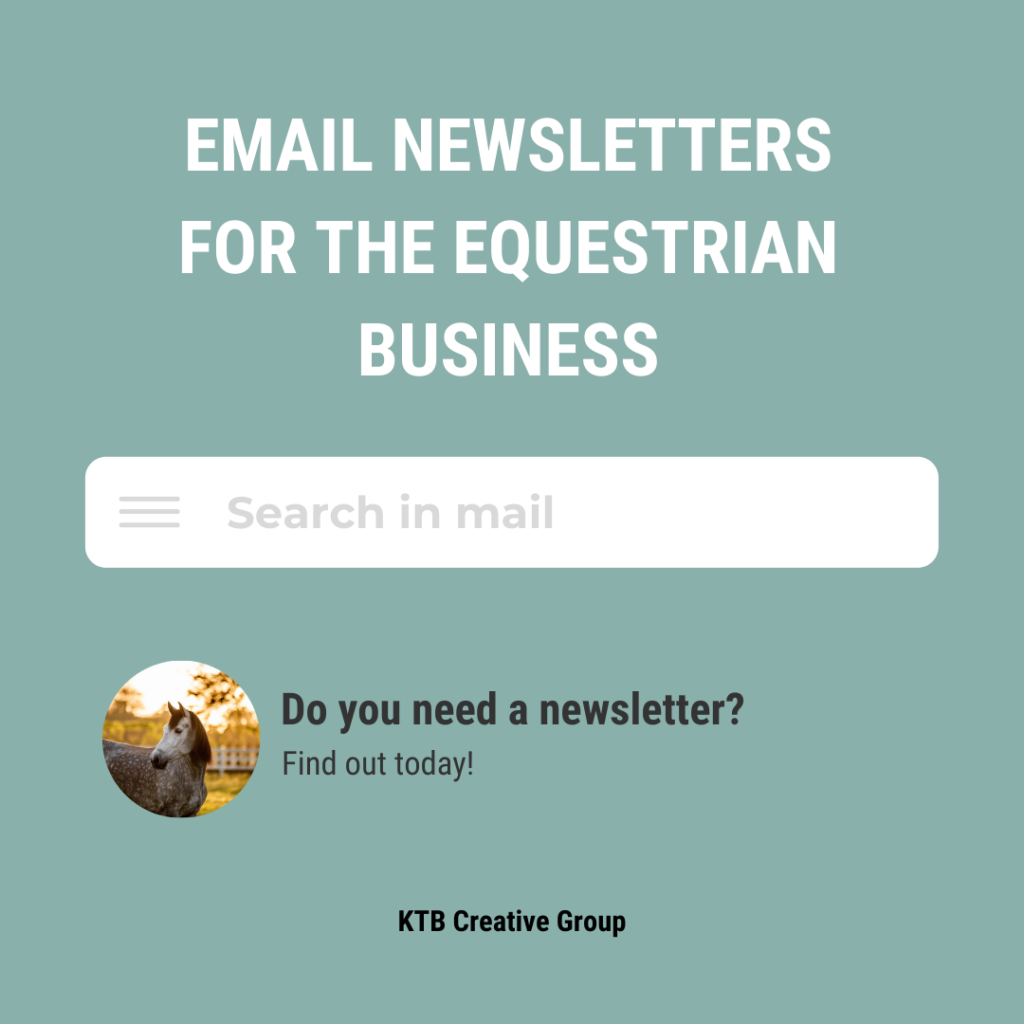In 1905, Honus Wagner of the Pittsburgh Pirates was the first athlete to sign a sports endorsement deal. Over the next 100 years, athlete endorsement and sponsorships became more normalized, and today we see many equine-focused companies delving into the world of athlete sponsorship.
Companies who produce feed, tack, equipment, and clothing for the equine industry have begun to see the value in sponsored riders and competition venues. While originally companies would target high-profile riders such as Olympians or top trainers, the growth of social media influencers means that more companies are willing and able to reach out to equestrians at the lower levels of the sport. So how do companies know who they should look for when choosing riders to sponsor? How are sponsorship programs created? We’ve got a few tips!
Business Goals
Before creating a sponsorship program, it’s important to determine if this is a marketing strategy that will benefit your company. What are your business goals and will incorporating sponsored riders or venues into your plan help you achieve those goals?
Sponsorship Program Structure
Before you can choose people or competition venues to promote your brand, you need to determine what a sponsorship with your company will look like for both parties. Will you give them a discount code or send them free products? What are your expectations for quality and quantity of content or brand mentions? Clearly defining requirements will limit negative experiences between you and your new advocates and can help both sponsor and sponsee to feel supported in the exchange.
At the end of the day, remember that both parties are in the arrangement for business reasons and should expect something in return for what is put into the arrangement. It’s also vital to create a contract that explicitly states expectations and requirements for the sponsorship as well as a timeline for renewal/re-approval so you can make changes to the structure if needed.
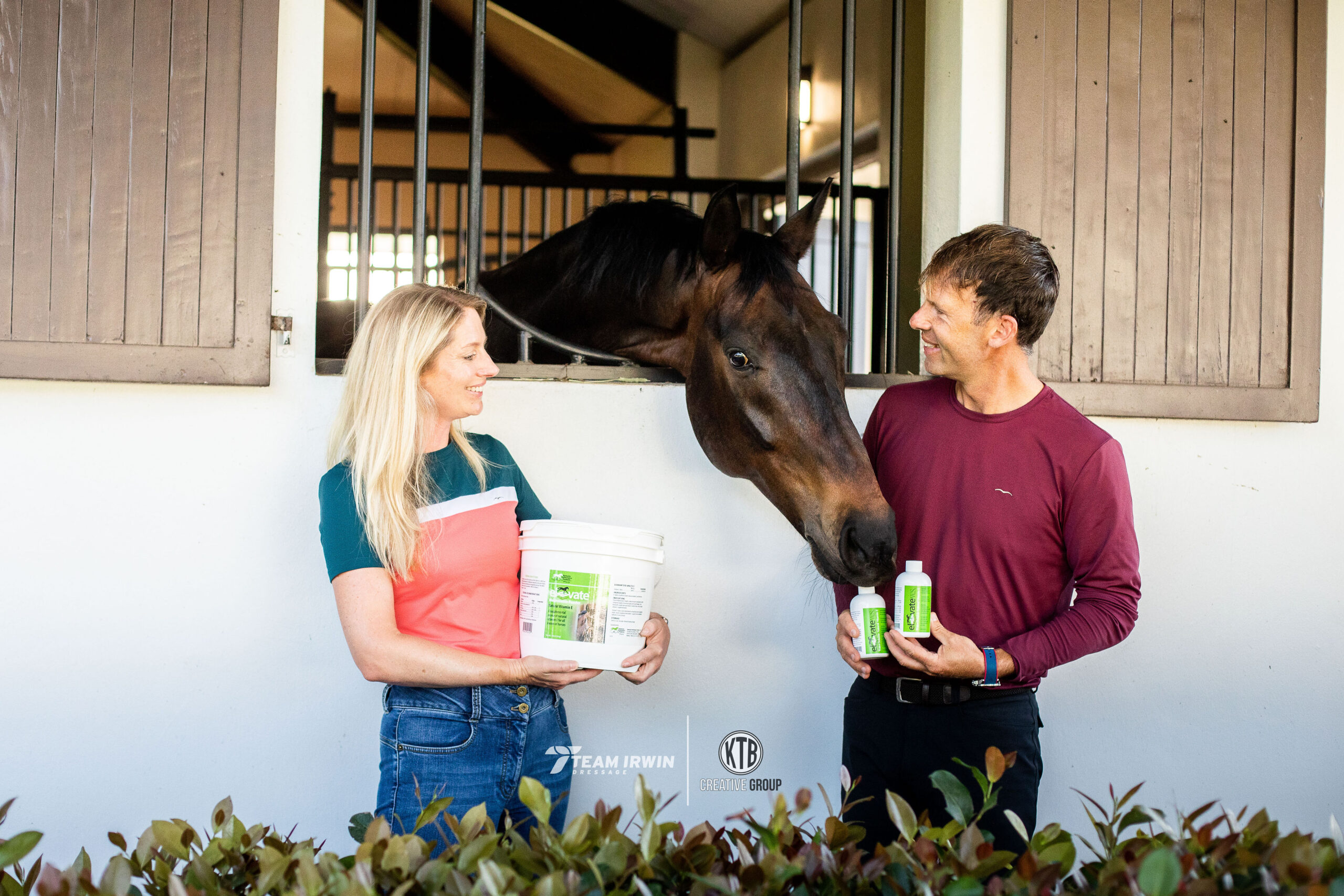
Where to Spend Your Marketing Dollars
In order to be a sponsor, you have to be willing to make an investment. This can come in the form of a financial investment, such as footing the bill for your sponsored riders or sponsored classes at competition, or a product investment by sending free gifts and gear. Incorporating sponsorships into your marketing plan and understanding your budget is the best place to start once you’ve determined sponsorship is the right marketing strategy for your business to grow.
Curating the right mix of riders and competitions to sponsor can be daunting, but once you have a budget in place it’ll be easier to know how many people you can sponsor and from what tier. Because every business is different, trying out different options can be the best way to find out what works right for you. Do you want to spend your entire budget backing one high-profile rider or do your goals and target audience align more with the grassroots competitors with large social followings?
Choosing the Right Riders
When looking for equestrians to sponsor, choosing the right people to represent your brand should be the priority. Ideally, your sponsored rider should:
- have a large following of your target audience,
- understand the appropriate way to market to and influence that audience,
- already use and love your product, and
- be open to working around your content requirements.
Rather than spending resources researching which riders you might like to approach about sponsorship, many companies find that adding a page to their business website about their sponsorship program and promoting it on social channels is a good tactic to find talented and passionate professionals and amateurs looking for opportunities.
A Successful Sponsorship
Return on investment can be tricky to track when it comes to sponsorship. If your sponsored athletes have a discount code, you can track the code’s use to see how effective each sponsee is, however you should remember that won’t give you the entire picture. That person could also have impacted changes in brand recognition or loyalty that are less easy to link back to them specifically, but still have a substantial value.
Create a supportive environment for sponsored equestrians to use your products to further their riding and horsemanship goals. Sponsorship can bridge the gap from storefront to saddle and empower people to explore your brand and product line.
A Successful Sponsorship
Return on investment can be tricky to track when it comes to sponsorship. If your sponsored athletes have a discount code, you can track the code’s use to see how effective each sponsee is, however you should remember that won’t give you the entire picture. That person could also have impacted changes in brand recognition or loyalty that are less easy to link back to them specifically, but still have a substantial value.
Create a supportive environment for sponsored equestrians to use your products to further their riding and horsemanship goals. Sponsorship can bridge the gap from storefront to saddle and empower people to explore your brand and product line.
